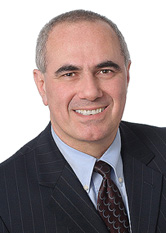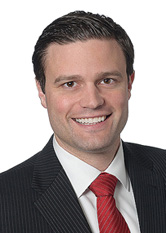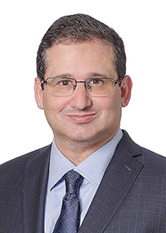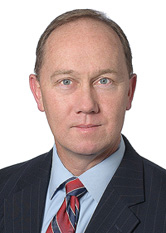COVID-19 – The CARES Act: Federal Reserve Board Issues Additional Guidance on The Main Street Lending Program
The Coronavirus Aid, Relief and Economic Security Act (the “CARES Act”), signed into law on March 27, 2020, established multiple financial assistance programs to support businesses, non-profits and governmental entities affected by the COVID-19 pandemic.
The first direct loan program, the Paycheck Protection Program (“PPP”), is administered by the Small Business Administration (“SBA”) and is generally aimed at small businesses and non-profits with 500 or fewer employees. As its name suggests, the PPP is intended primarily to help borrowers continue paying their employees during the COVID-19 crisis. Information about the program is available on our COVID-19 Resources page.
The Main Street Lending Program (the “Program”), is the second direct loan program. The Program, administered by the Federal Reserve, authorizes eligible lenders to originate up to $600 billion in eligible loans targeted towards small and medium-sized businesses that were unable to access the PPP or that require additional support after receiving a PPP loan. Unlike PPP loans, loans originated under the Program are full recourse loans and are not forgivable. The Program has significant differences from the CARES Act section on “Assistance for Mid-Sized Businesses” and does not import all of the terms specified therein.
On April 9th the Board of Governors (the “Board”) of the Federal Reserve System (the “Federal Reserve”) issued its initial guidance regarding the Program. After reviewing more than 2,200 comment letters, on April 30th the Board significantly revised the Program and issued additional interim guidance, including a ”Frequently Asked Questions” document. Among the numerous changes announced on April 30th were: (i) the addition of the Main Street Priority Loan Facility, a third loan facility option in the Program enabling higher leveraged loans to borrowers and which may be used to refinance a borrower’s existing third party debt (i.e., not owed to the new lender); (ii) a reduction of the minimum loan size for certain loans to $500,000; (iii) expansion of the pool of businesses eligible to borrow from a maximum of 10,000 employees or $2.5 billion in revenue to a maximum of 15,000 employees or $5 billion in revenue; and (iv) a change to the reference rate used in computing interest from the Secured Overnight Financing Rate to LIBOR.
This Client Alert summarizes the principal features of the Program. The Program rules have not been finalized yet but the Board’s interim guidance provides sufficient detail for lenders and borrowers to start considering how to best engage with it. We expect that the Board will publish additional information, including the Program’s official launch date and application procedures, in the near future.
Overview
The Department of Treasury will make a $75 billion investment in a special purpose vehicle (an “SPV”), which in turn will purchase up to $600 billion in participations in eligible loans. The Program consists of three separate facilities:
- the Main Street New Loan Facility (the “New Loan Facility”);
- the Main Street Priority Loan Facility (the “Priority Loan Facility”); and
- the Main Street Expanded Loan Facility (the “Expanded Loan Facility”).
Unlike PPP loans, lenders are required to retain a portion of the loans originated under the Program and thus share in the credit risk, which incentivizes appropriate care in assessing borrower creditworthiness and making underwriting decisions. Under the New Loan Facility the SPV will purchase a 95% participation in each eligible loan. Under the Priority Loan Facility, which is intended to allow for higher leveraged loans to borrowers, the SPV will purchase 85% participations in each eligible loan. Under the Expanded Loan Facility the SPV will purchase 95% participations in the upsized tranche of an eligible loan (we’ll refer to loans in which an SPV has purchased a participation under the New Loan Facility, the Priority Loan Facility or the Expanded Loan Facility (collectively, the “Loan Facilities”) as “Main Street Loans”). The Board has not provided an indication of the Loan Facilities’ relative size.




